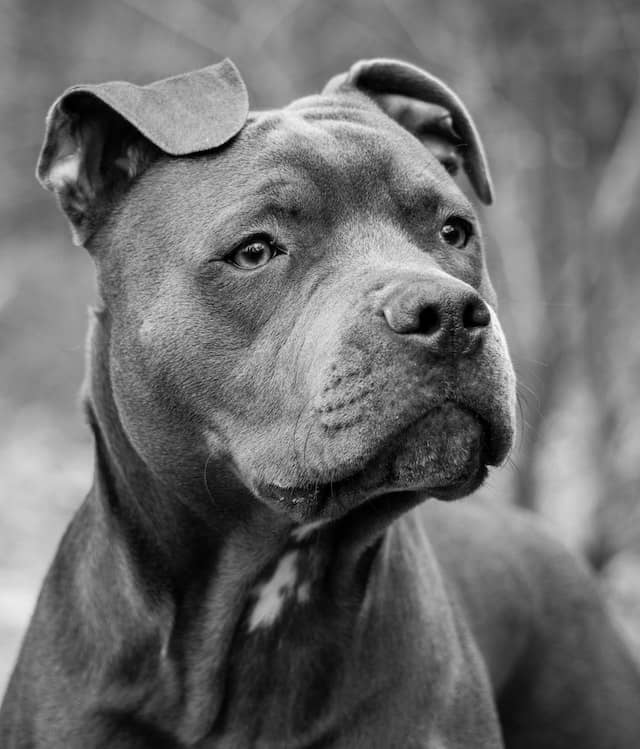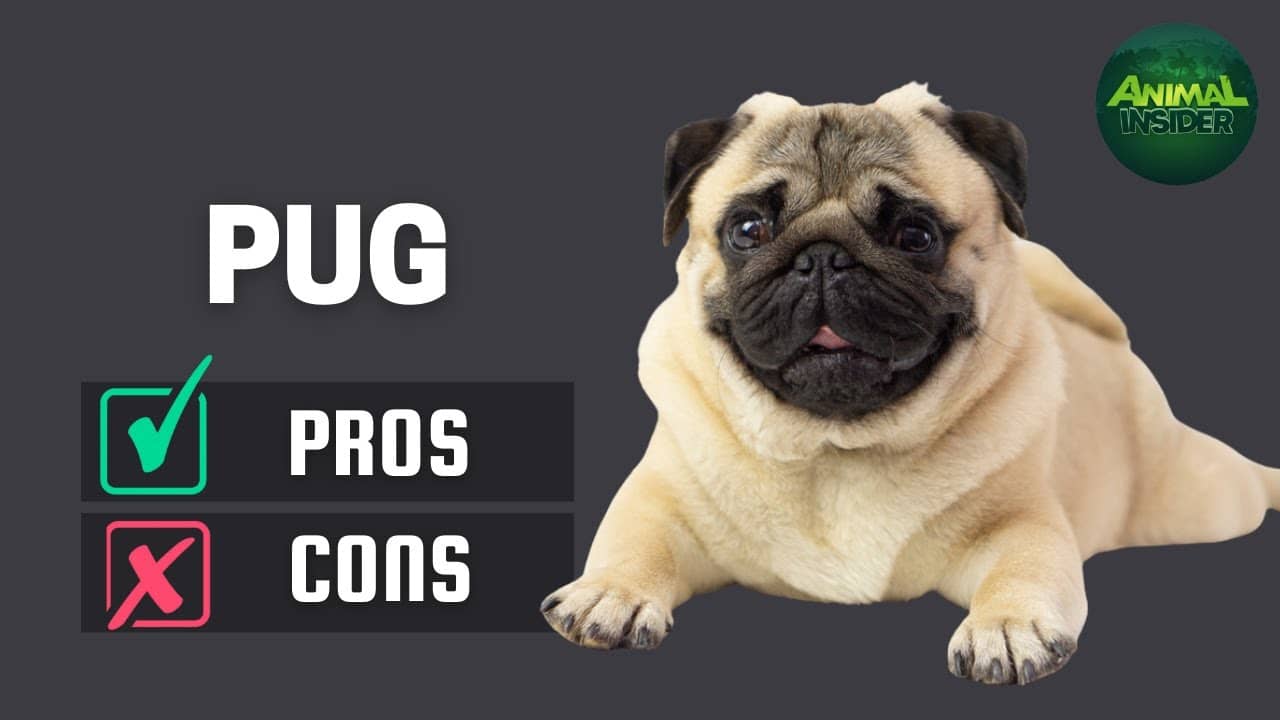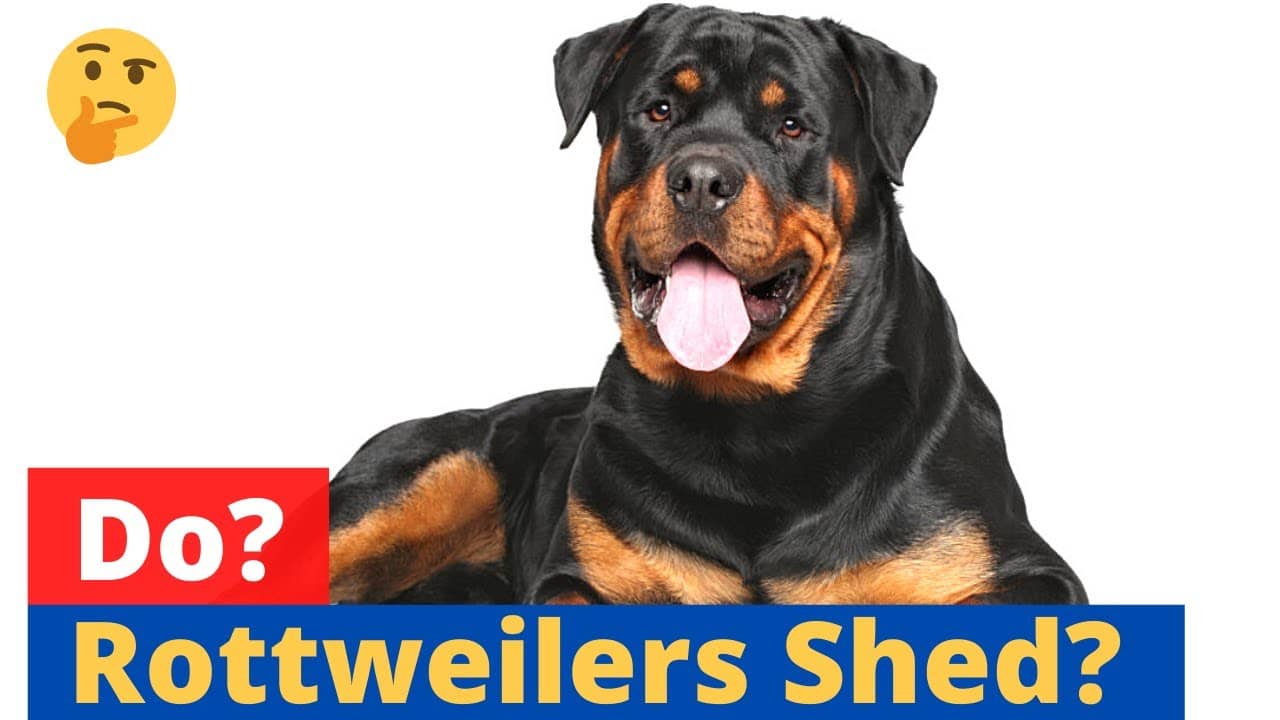Do Mastiffs Shed? Help Mastiff Shedding
Do Mastiffs Shed? Mastiff Shedding is a common concern for potential and current Mastiff owners. In this article, we will explore the dog shedding patterns of Mastiffs and provide you with helpful tips on managing their shedding. You will learn how much Mastiffs shed, when they shed the most, and how to minimize the amount of loose fur in your home. By the end, you will have a better understanding of what to expect when it comes to Mastiff shedding and how to keep your home clean and fur-free. Do Mastiffs shed? If you are considering bringing a Mastiff into your home, this is an important question to consider. Shedding is a natural process for dogs, but the amount of shedding can vary greatly between different breeds. In this article, we will delve into the world of Mastiff shedding, understanding the shedding process, factors that contribute to shedding, different types of Mastiff coats, and how to manage and prevent excessive shedding.

Understanding the shedding process
Shedding is a normal process for dogs, as it helps them get rid of old or damaged hair and make room for new hair growth. The shedding process occurs in cycles, with individual hairs going through a growth phase and then a resting phase before eventually falling out. This shedding cycle can be influenced by various factors, which we will explore in the next section.
Factors that contribute to shedding
Several factors contribute to the shedding of Mastiffs. One of the key factors is genetics. Different Mastiff breeds have different coat types, which can influence the amount of shedding. For example, Mastiffs with a double coat are more prone to shedding than those with a single coat. Additionally, hormones play a role in shedding, and age, health, and nutrition can all influence the shedding process.
Different types of Mastiff coats
Mastiffs have a variety of coat types, and understanding these can help in managing shedding. Some Mastiffs have a short, smooth coat, while others have a longer, dense coat. The texture of the coat can also vary, with some being coarse and others being soft. It is important to be aware of the specific coat type of your Mastiff, as this will affect the grooming practices and tools needed to manage shedding effectively.
How much do Mastiffs shed?
The amount of shedding varies between individual Mastiffs, but they are generally considered to be heavy shedders. Mastiffs shed throughout the year, with some experiencing more pronounced shedding during certain seasons. However, the frequency and amount of shedding can be managed with proper grooming and maintenance.
Frequency of shedding
Mastiffs shed constantly, but the shedding may become more noticeable during certain times of the year. The frequency of shedding can also vary between individual Mastiffs, with some shedding more than others. Regular grooming and maintenance can help manage and reduce shedding.
Seasonal shedding patterns
While Mastiffs shed throughout the year, some may experience more pronounced shedding during certain seasons. For example, many Mastiffs tend to shed more during the spring and fall as their coats transition between warmer and cooler seasons. The shedding during these times can be more intense, but with regular grooming, it can be managed effectively.

Determining the amount of shed hair
It can be challenging to determine the exact amount of shed hair, as it varies between individual Mastiffs. However, as a general rule, if you notice that your Mastiff is leaving excessive amounts of hair on furniture, floors, or clothing, it may be an indication of excessive shedding. Regular grooming and maintenance can help keep shedding under control and reduce the amount of hair left around the house.
Managing Mastiff shedding
Managing Mastiff shedding is essential to keep your home clean and your Mastiff comfortable. Here are some tips to help you manage shedding effectively.
Regular grooming practices
Regular grooming is crucial for managing Mastiff shedding. This includes brushing your Mastiff’s coat at least once or twice a week to remove loose hair and prevent matting. Brushing also stimulates the skin and promotes healthy hair growth. Make sure to use a brush suitable for your Mastiff’s coat type, as different brushes are designed for different coat textures.
Choosing the right tools for grooming
When it comes to grooming tools, there are several options available. For Mastiffs with a short and smooth coat, a soft bristle brush or a grooming mitt can be effective in removing loose hair and distributing natural oils. For Mastiffs with a longer or denser coat, a slicker brush or an undercoat rake can provide better results. Additionally, a deshedding tool can help remove excess hair during shedding seasons.
Bathing recommendations
While bathing your Mastiff is an important part of overall hygiene, excessive bathing can strip the coat of its natural oils and contribute to shedding. It is recommended to bathe your Mastiff every 6-8 weeks or as needed. Use a gentle dog shampoo specially formulated for their coat type. After bathing, make sure to thoroughly dry your Mastiff to prevent skin issues that may exacerbate shedding.
Role of nutrition in reducing shedding
A balanced diet plays a vital role in maintaining your Mastiff’s overall health, including their coat condition. Providing a high-quality dog food that is rich in essential nutrients such as omega-3 fatty acids can help promote healthy skin and minimize shedding. Consult with your veterinarian to ensure you are feeding your Mastiff a diet suitable for their specific needs.
Preventing excessive shedding
While shedding is a natural process, excessive shedding may indicate underlying health issues or environmental factors that need to be addressed. Here are some tips to help prevent excessive shedding in your Mastiff.
Identifying underlying health issues
Excessive shedding can sometimes be a sign of an underlying health problem, such as allergies, skin infections, or hormonal imbalances. If you notice a sudden increase in shedding or other concerning symptoms, it is important to consult with your veterinarian. They can perform a thorough examination and recommend appropriate treatment to address any underlying health issues.
Effective flea and tick control
Fleas and ticks can cause skin irritation and allergic reactions in dogs, leading to excessive scratching and shedding. It is essential to use effective flea and tick prevention methods to keep your Mastiff protected. Regularly check your Mastiff for any signs of infestation and consult with your veterinarian for appropriate flea and tick control options.
Maintaining a stress-free environment
Stress and anxiety can contribute to excessive shedding in dogs. Create a calm and stress-free environment for your Mastiff by providing regular exercise, mental stimulation, and a comfortable space to rest. If your Mastiff experiences excessive stress or anxiety, consult with a professional dog trainer or veterinarian for appropriate management techniques.
Dealing with Mastiff fur around the house
Even with proper grooming and maintenance, it is inevitable that some Mastiff fur will end up around your house. Here are some tips to help you clean up Mastiff hair effectively.
Tips for removing dog hair from furniture
To remove Mastiff hair from furniture, use a vacuum cleaner with a brush attachment or a lint roller. You can also use a rubber glove or a damp cloth to wipe off any hair. Regularly vacuum and wipe down furniture to prevent hair buildup.
Cleaning up Mastiff hair from carpets and floors
To remove Mastiff hair from carpets and floors, use a vacuum cleaner designed specifically for pet hair or a broom with rubber bristles. The rubber bristles will attract and collect loose hair effectively. Additionally, consider using a microfiber mop or cloth to capture hair from hard floors.
Strategies for minimizing airborne allergens
If you or any family members have allergies, taking steps to minimize airborne allergens can be beneficial. Use air purifiers with HEPA filters to reduce airborne pet dander and invest in washable, hypoallergenic covers for furniture. Regularly dust and vacuum your home to keep allergens at bay.
Managing allergies and Mastiff shedding
Allergies to pet dander can be a concern for some individuals. Here are some strategies to manage allergies related to Mastiff shedding.
Understanding allergens present in dog hair
Allergens present in dog hair, such as dander and saliva, can trigger allergies in sensitive individuals. It is important to be aware of these allergens and take measures to minimize their presence in your home.
Reducing allergens through grooming and cleaning
Regular grooming, including brushing and bathing, can help reduce the amount of allergens present in your Mastiff’s coat. Additionally, maintaining a clean and dust-free environment through regular cleaning can help minimize airborne allergens.
Consulting with a veterinarian for allergy management
If you or a family member have allergies related to Mastiff shedding, it is advisable to consult with a veterinarian or an allergist. They can provide guidance on allergy management strategies, including medication, immunotherapy, or lifestyle modifications, to help you live comfortably with your Mastiff.
Common misconceptions about Mastiff shedding
There are several misconceptions surrounding Mastiff shedding. Let’s address some of these myths and misconceptions to provide a better understanding of Mastiff shedding tendencies.
Dispelling myths and misconceptions
Some people believe that certain Mastiff breeds do not shed at all. However, all dogs shed to some extent, including Mastiffs. While the amount of shedding may vary, it is important to be prepared for regular grooming and maintenance to manage shedding effectively.
Educating about breed-specific shedding tendencies
Different Mastiff breeds may have different shedding tendencies. For example, English Mastiffs are known to shed more than some other Mastiff breeds. It is important to research and understand the shedding tendencies of the specific Mastiff breed you are considering to ensure it is the right fit for your lifestyle and tolerance for shedding.
Conclusion
In conclusion, Mastiffs do shed, and shedding is a natural process for these magnificent dogs. Understanding the shedding process, factors that contribute to shedding, and different types of Mastiff coats can help you manage and prevent excessive shedding effectively. Regular grooming practices, choosing the right tools, and maintaining a balanced diet are essential in managing Mastiff shedding. By implementing these strategies and staying proactive, you can keep your Mastiff’s shedding under control, minimize fur around the house, and create a comfortable environment for both you and your furry friend.










